Artificial Intelligence (AI) has penetrated numerous sectors, from healthcare to finance, and art is no exception. The impact of AI on art is profound, sparking debates, inspiring new forms of creativity, and transforming the way art is created, consumed, and understood.
AI as a Creative Collaborator
One of the most exciting developments in the intersection of AI and art is the role of AI as a creative collaborator. AI algorithms, particularly those utilizing machine learning and neural networks, can analyse vast amounts of data to generate new artworks. These AI systems can produce paintings, music, literature, and even complex multimedia installations.
For instance, Google’s DeepDream have demonstrated AI’s ability to create stunning visual art by reinterpreting existing images through intricate neural network processing. Similarly, AI has composed music that challenges traditional notions of creativity, such as the works generated by SongR, which can compose pieces in the style of various classical composers or contemporary artists.
Enhancing Artistic Techniques
AI tools are also enhancing traditional artistic techniques. Artists can use AI-powered software to experiment with new styles, refine their work, and explore uncharted creative territories. AI can assist in colorization, restoration of old artworks, and even in creating hyper-realistic portraits that challenge the boundaries of photorealism.
Moreover, AI can analyse and learn from an artist’s previous works, suggesting improvements or alternative approaches that the artist might not have considered. This symbiotic relationship between human creativity and AI’s computational power opens up endless possibilities for innovation.
Democratizing Art Creation
AI is making art creation more accessible to a broader audience. With AI-powered tools, individuals who may not have formal training in art can still create impressive works. Applications like Prisma allow users to transform their photos and videos into artworks reminiscent of famous artists’ styles with just a few taps.
This democratization of art creation is also evident in the rise of AI-generated content platforms where users can generate unique pieces of art by simply inputting keywords or concepts. This not only empowers amateur artists but also encourages people to engage with art in new and meaningful ways.
Controversies and Ethical Considerations
Despite its many advantages, the use of AI in art is not without controversy. One major concern is the question of authorship and originality. When an AI creates an artwork, who owns the rights to it? Is it the programmer, the user who provided the input, or the AI itself? These questions challenge traditional notions of intellectual property and creative ownership.
Additionally, there is the fear that AI could diminish the value of human creativity. Some argue that if machines can create art, it could devalue the work of human artists, leading to a loss of appreciation for the skill and effort involved in traditional art forms. However, others believe that AI should be seen as a tool that enhances human creativity rather than replacing it.
AI in Art Criticism and Curation
AI is also transforming art criticism and curation. Algorithms can analyse vast amounts of data to identify trends, patterns, and emerging artists. This capability is being utilized by galleries and museums to curate exhibitions and predict which artworks are likely to gain popularity.
Furthermore, AI can offer new perspectives on art analysis by identifying subtle details and connections that might be overlooked by human critics. This can lead to a deeper understanding of art and its various interpretations.
The Future of AI in Art
The future of AI in art is undoubtedly promising. As AI technology continues to evolve, its applications in art will become even more sophisticated and integrated. We can expect to see more collaborative projects between human artists and AI, pushing the boundaries of creativity and challenging our perceptions of what art can be.
Moreover, AI’s role in preserving and restoring cultural heritage cannot be overstated. AI algorithms can help restore damaged artworks, preserve historical pieces, and even recreate lost works, ensuring that our artistic heritage is preserved for future generations.
The impact of AI on art is multifaceted, offering both exciting possibilities and significant challenges. While it democratizes art creation and enhances artistic techniques, it also raises important ethical questions about authorship and originality. As AI continues to develop, its influence on art will undoubtedly grow, leading to new forms of creativity and transforming the art world in ways we can only begin to imagine.
The key will be finding a balance that respects and values human creativity while embracing the innovative potential of AI.



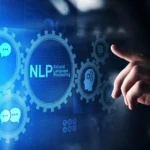
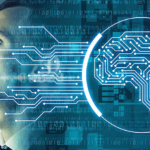


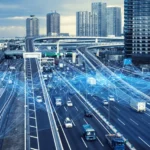



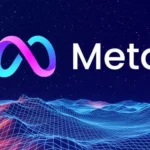
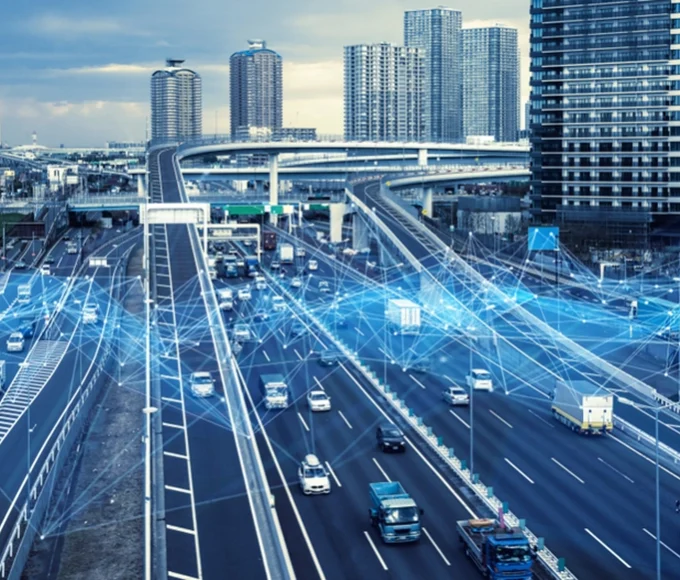
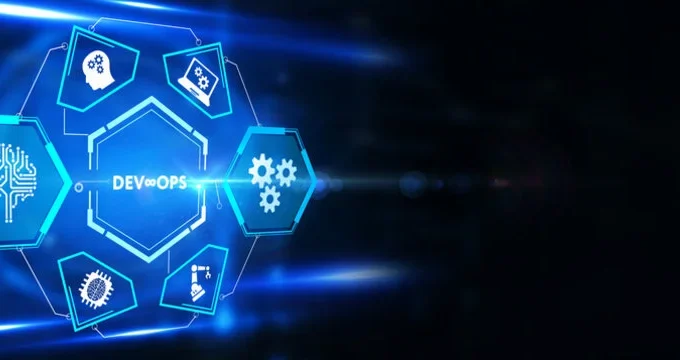
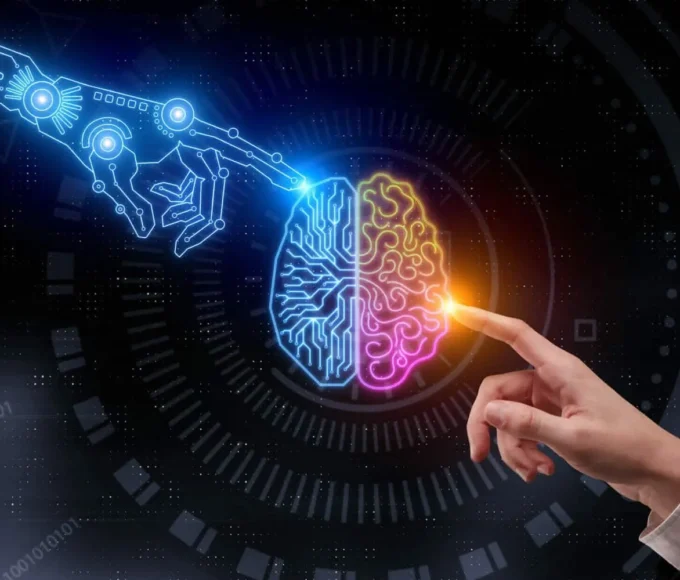

Somebody essentially lend a hand to make significantly articles I’d state. That is the very first time I frequented your website page and up to now? I surprised with the research you made to make this actual submit amazing. Wonderful task!